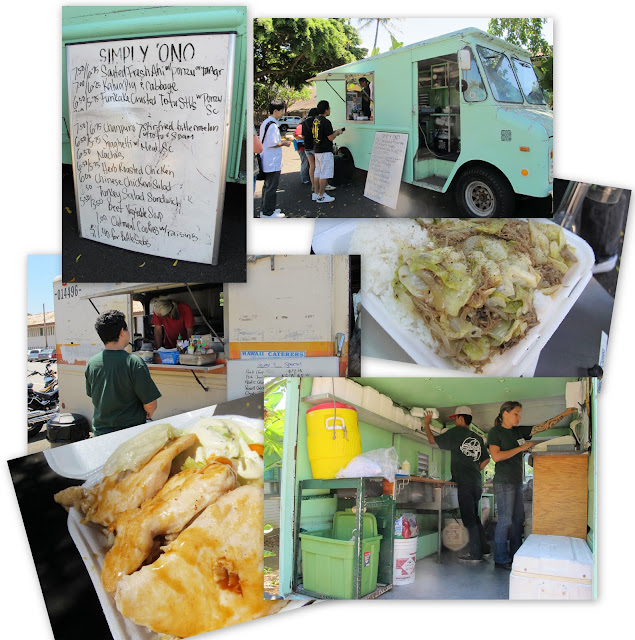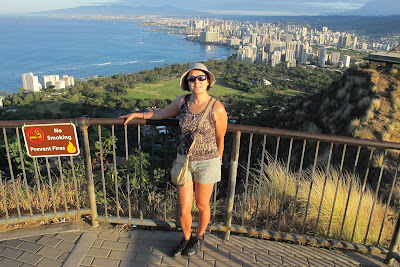Ask any two lunch wagons on Oahu what the truck ordinances are and you get different answers.
As I discussed in my last post on Hawaiian Lunch Wagons, the food truck culture has grown up over decades from a way to get meals to fields and construction sites to a modern mixture of old style lunch wagons and new style gourmet trucks. Along with this sense of tradition is the "hang loose" mentality of Hawaiians. This has created an "anything goes" approach to the truck scene which has both good and bad points to it.
What you don't really see in Hawaii are trucks roaming the streets. Almost every truck I saw was parked on private property. In this regard, Oahu is more like Portland than Sacramento or San Francisco. In some cases you will even see them set up with awnings, tables, and chairs for patrons to eat their meals at. So far this is by choice of the trucks themselves versus a perk thrown in by the property owners like is often seen in Portland.
















